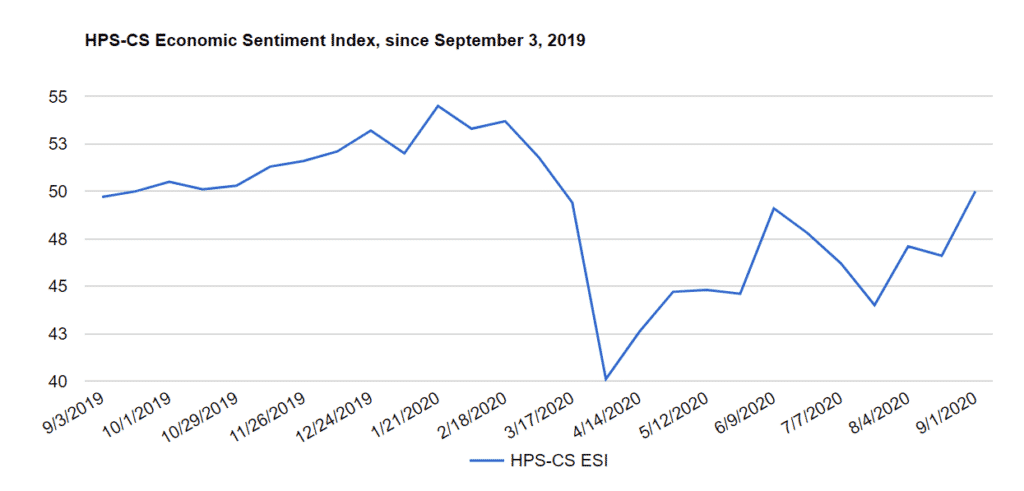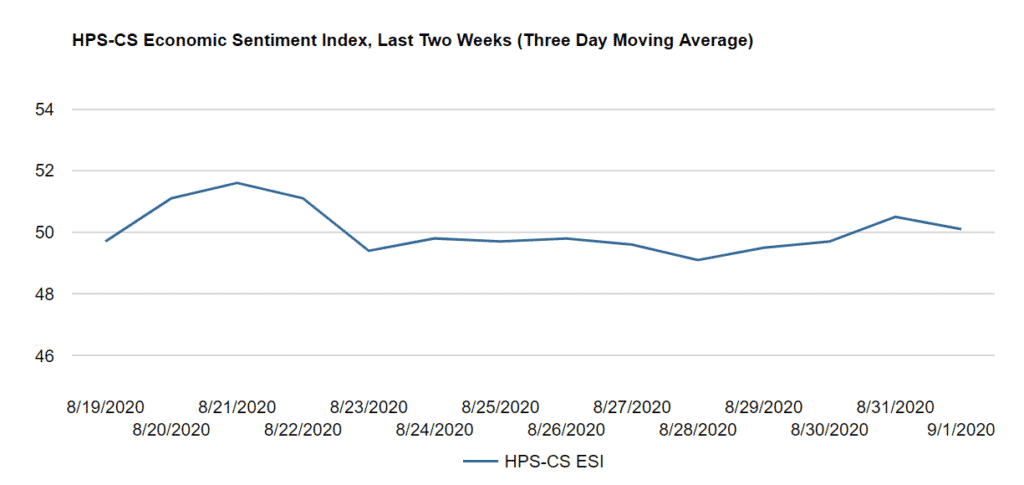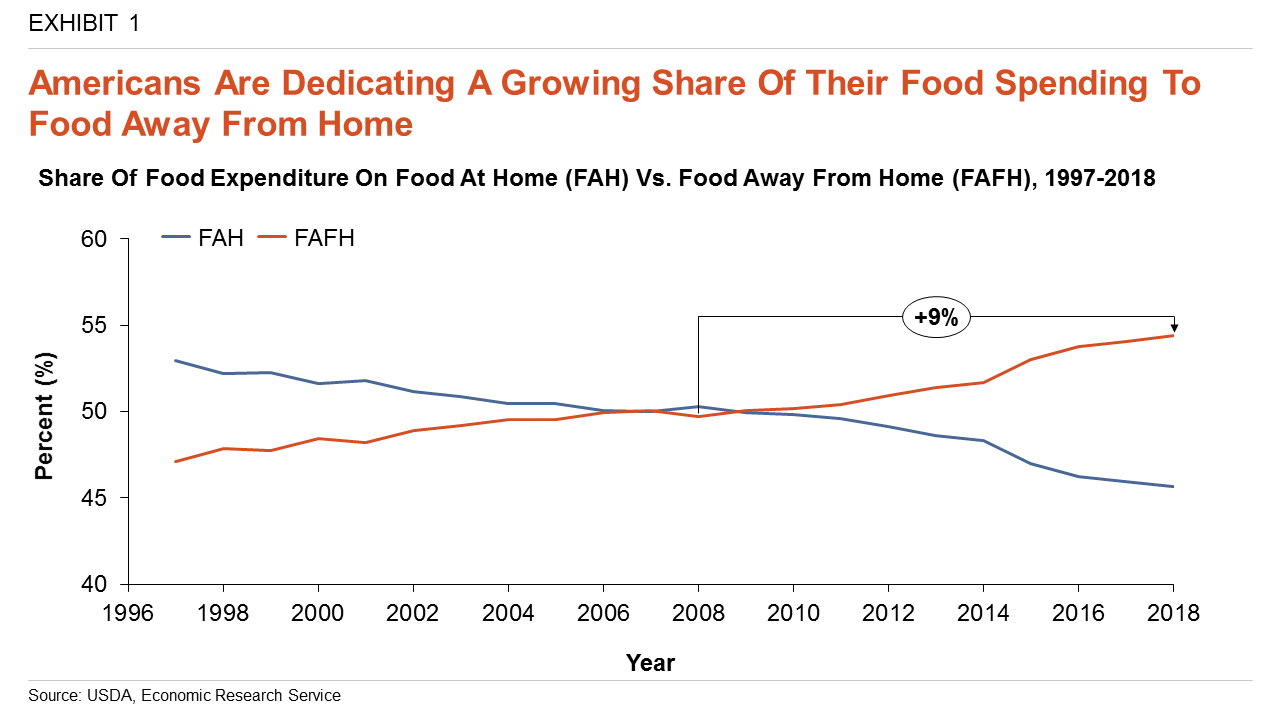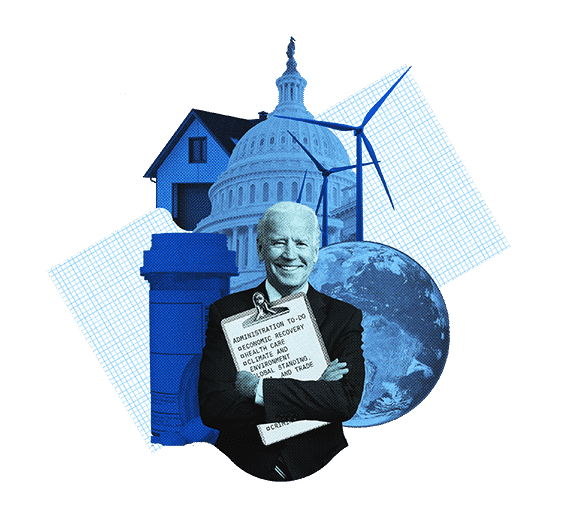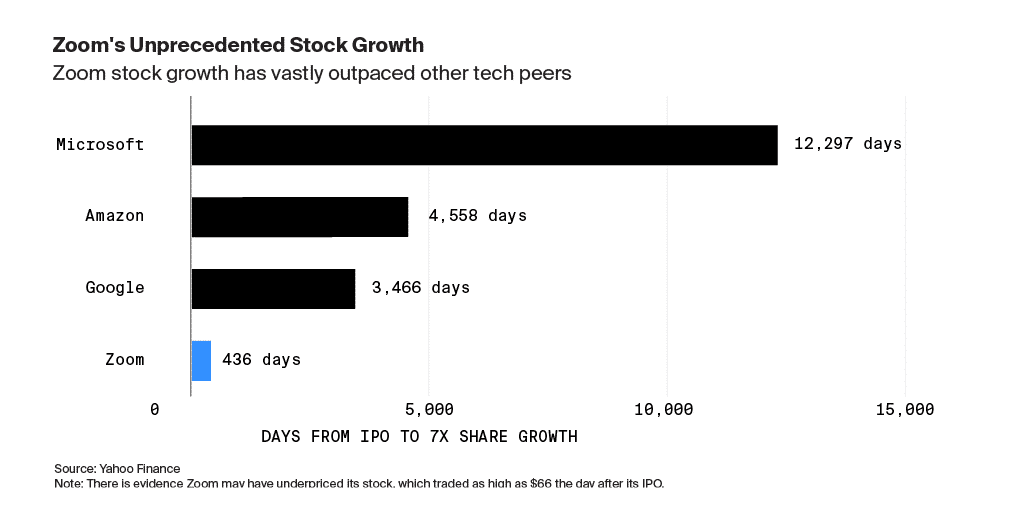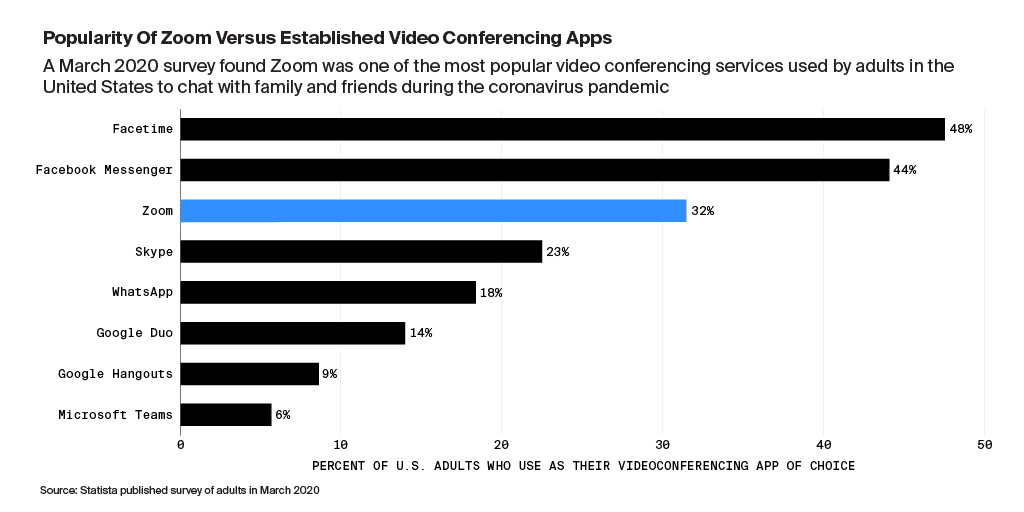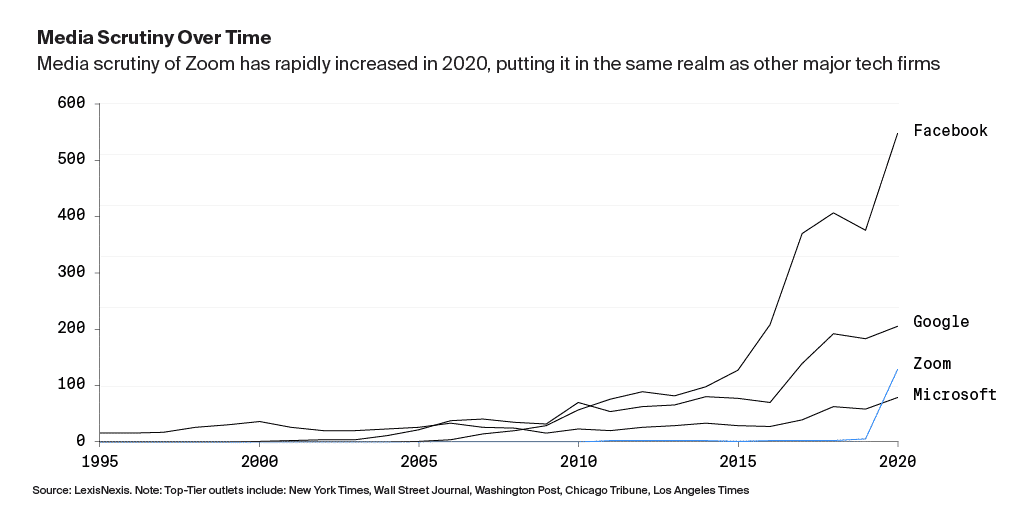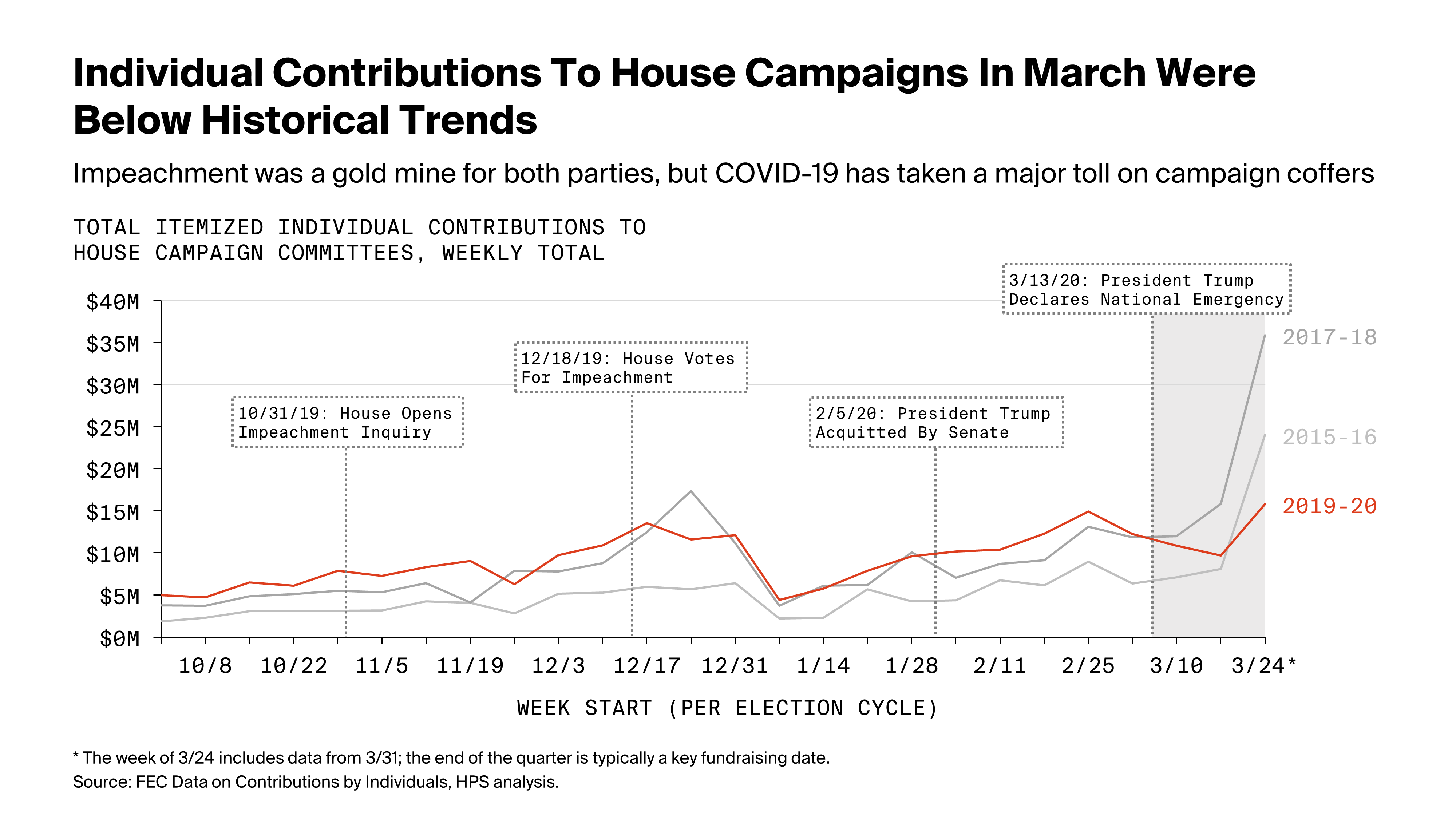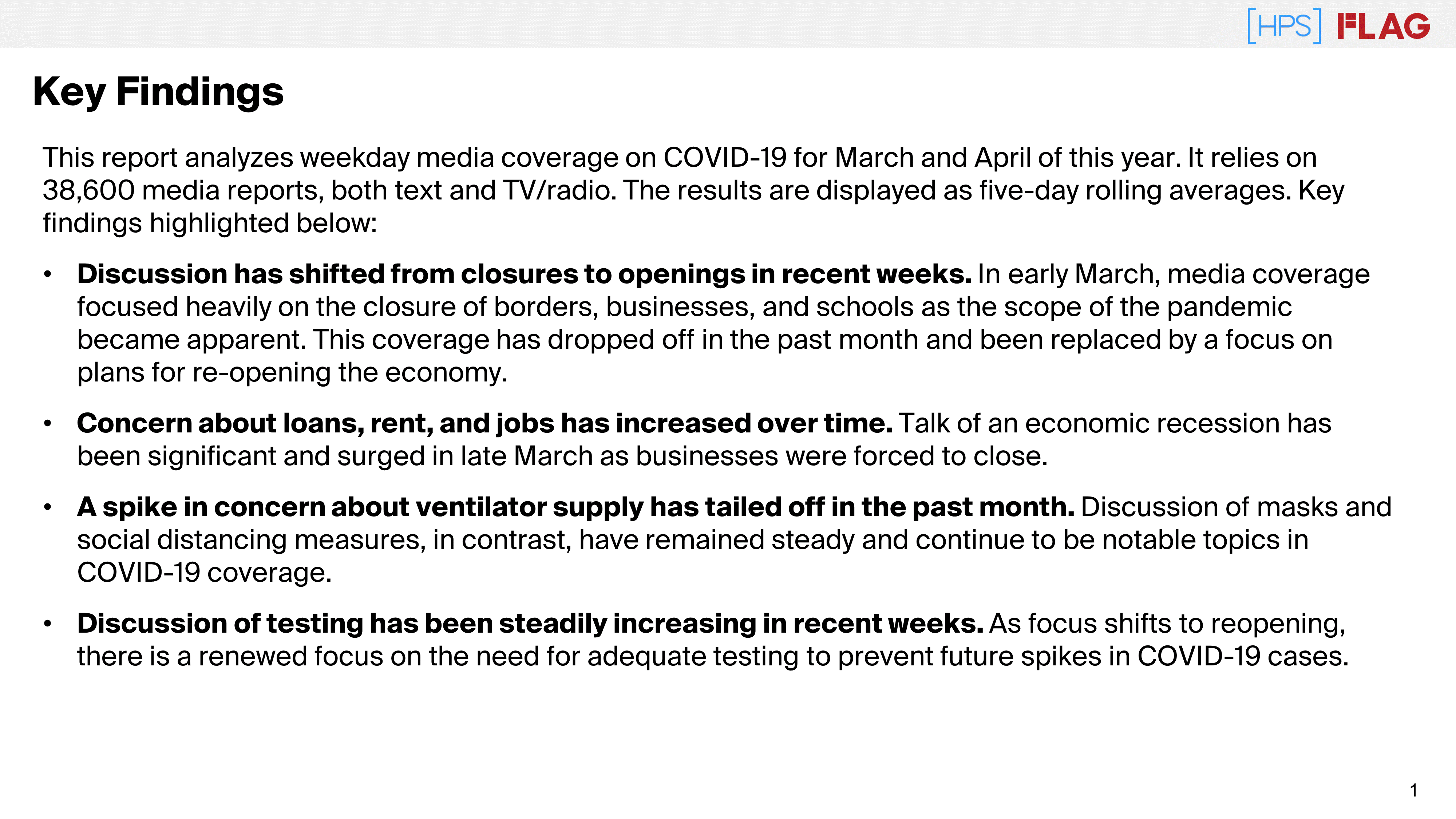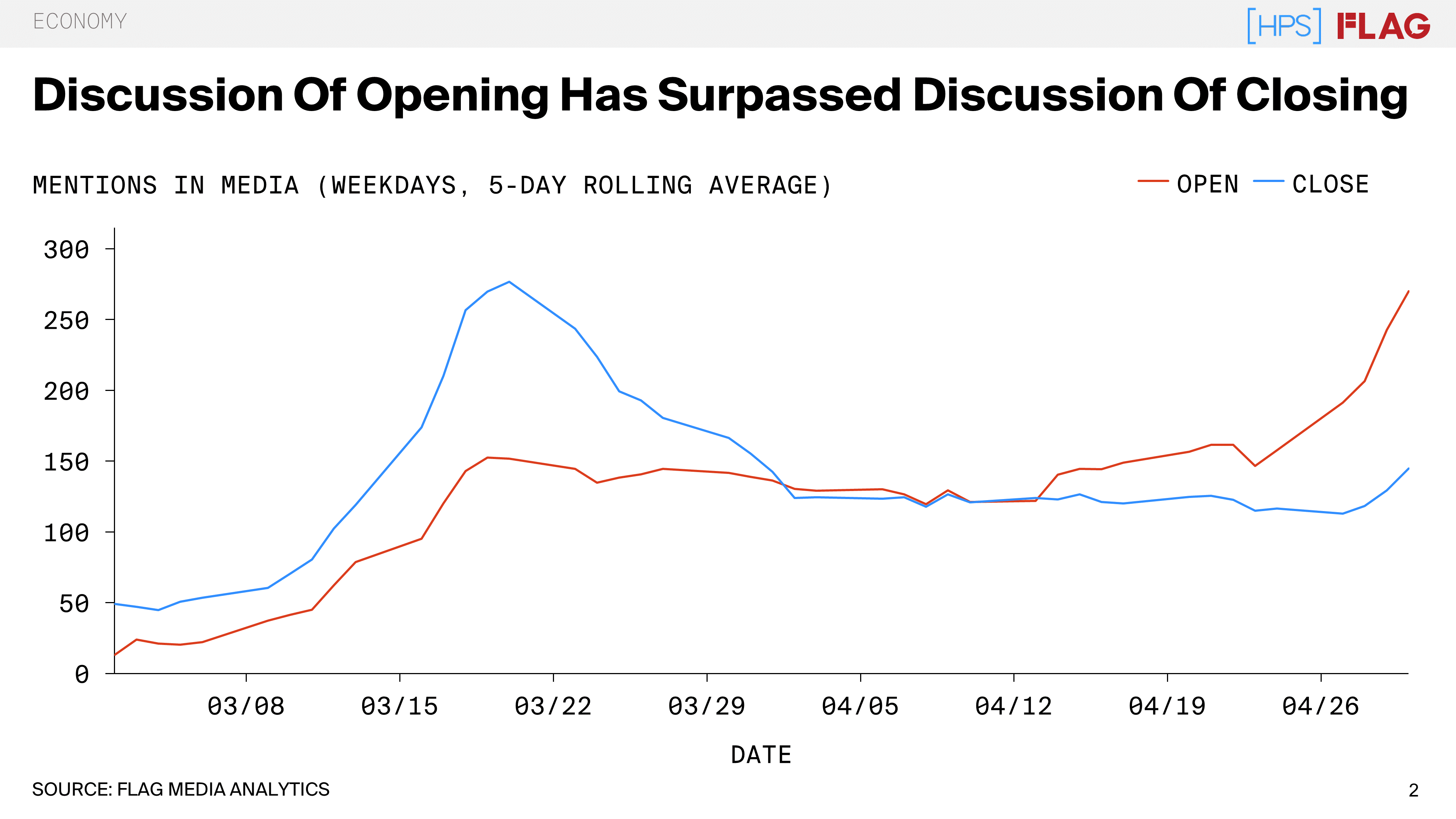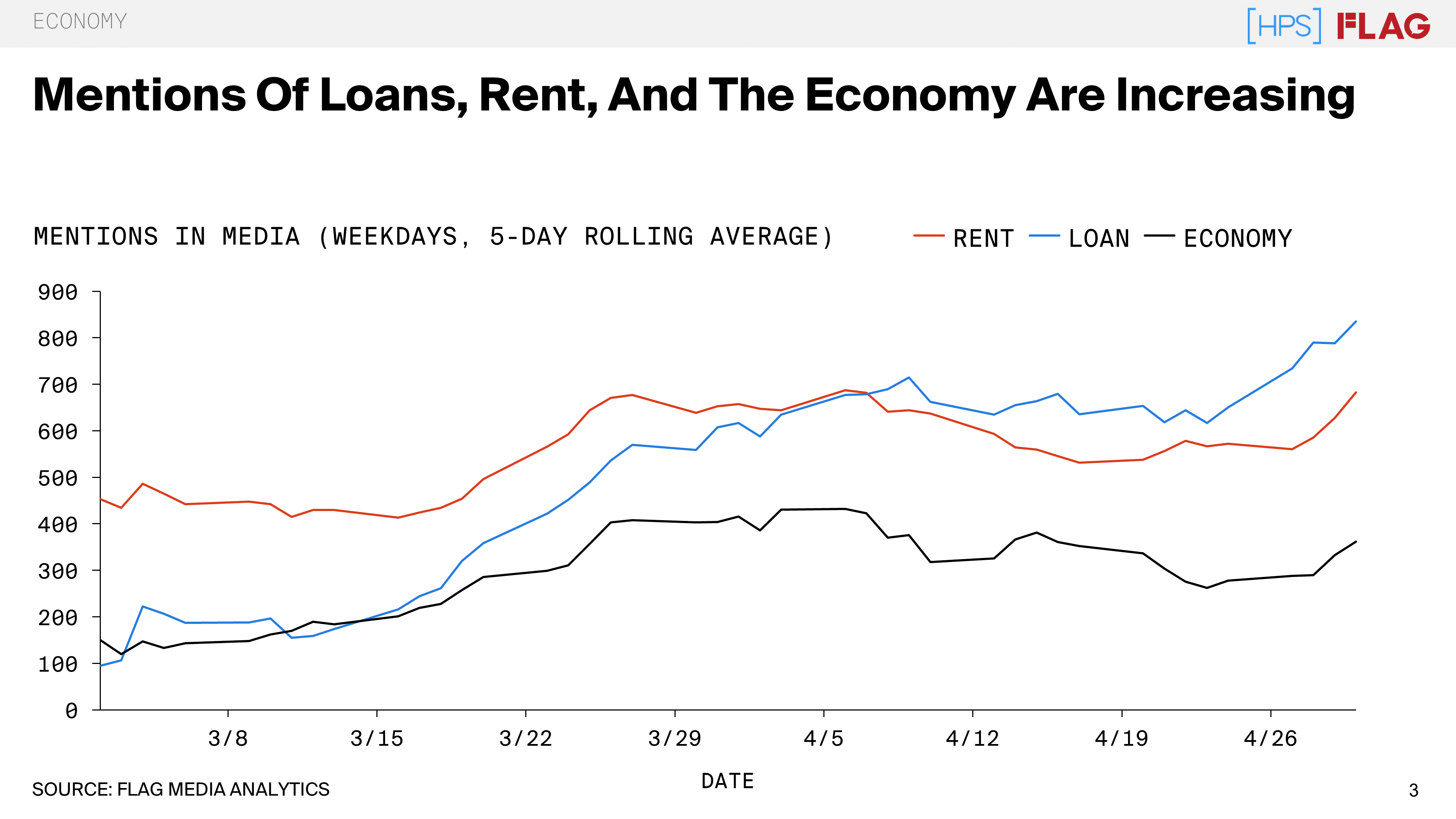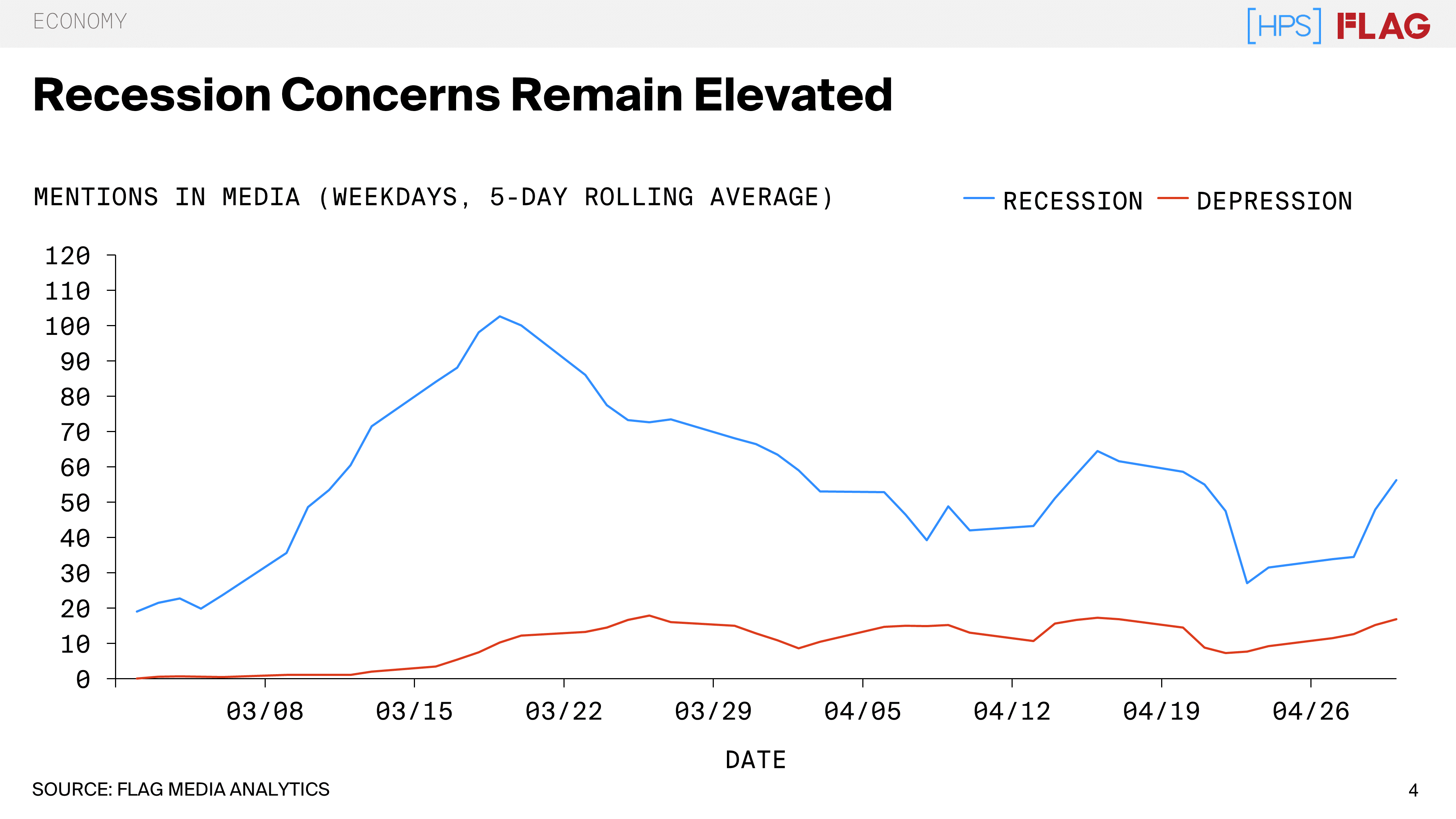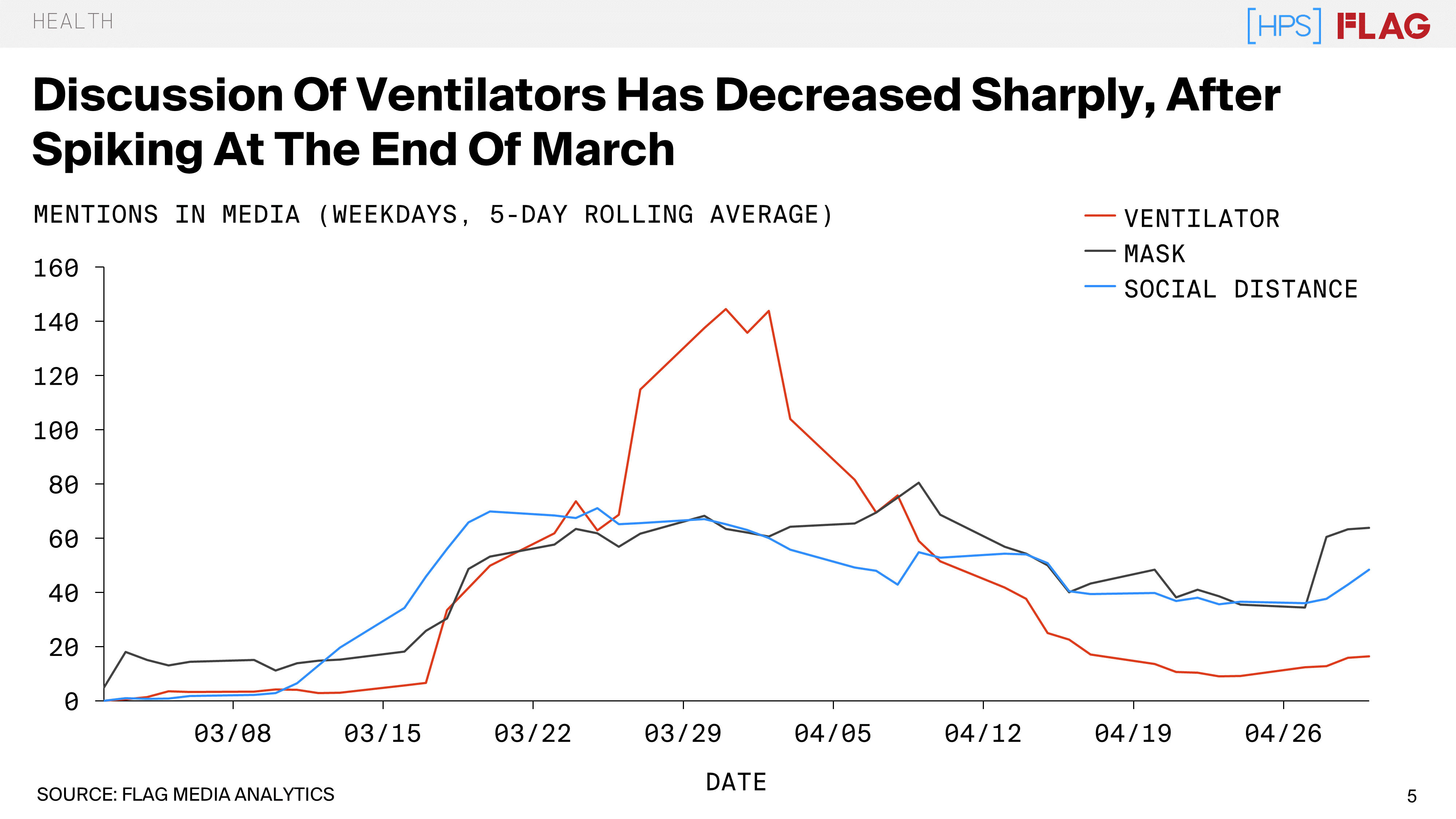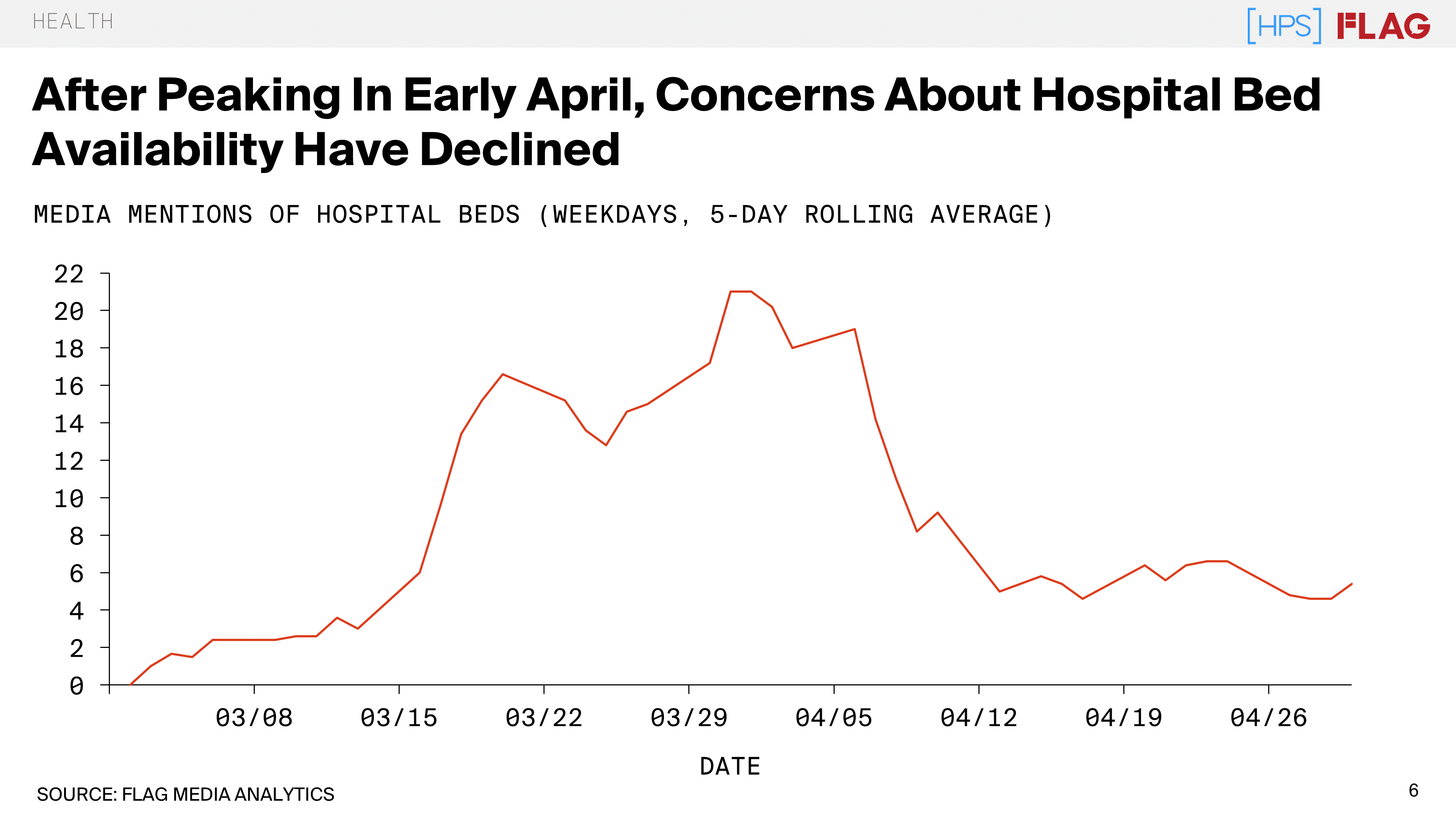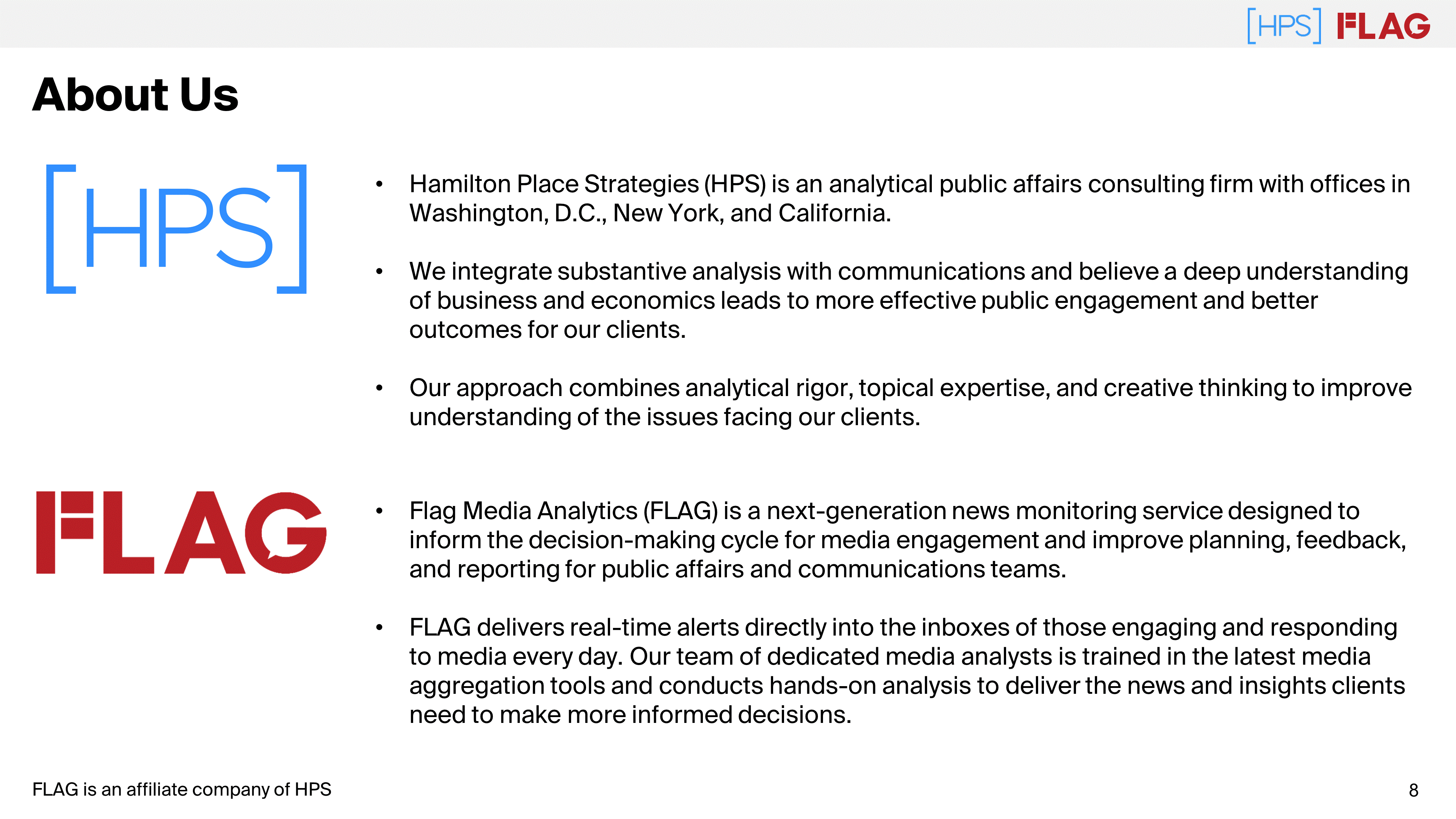As the 2020 presidential campaign enters the final months, HPS will offer a forthcoming series of papers that analyze the candidates’ policy platforms, campaign statements, advisors, and likely appointees. This paper, the first in the series, lays out a framework for a potential Biden administration’s governing agenda and summarizes the approach a Biden administration may take in implementing it. This paper is based on perspectives and insights of HPS leadership and drawn from research and analysis into Biden’s public announcements, news coverage, and conversations with policy
The political landscape and the policy priorities for both Trump and Biden’s campaigns have been significantly altered by current events—the COVID-19 pandemic and related economic crisis and the acute focus on racial inequality and injustice in the wake of the killings of George Floyd, Breonna Taylor, Ahmaud Arbery, and other Black citizens. While this analysis of Biden’s agenda assumes the country will be grappling with both of these dynamics in January 2021 and beyond, a number of other ongoing factors will also affect the next administration’s agenda:
– Responding to COVID-19 could overwhelm a new administration, including the growing potential for additional economic stimulus, sharpened oversight of stimulus programs, and, most notably, the status of schools across the country.
– The outcome of the House and Senate elections will have a significant impact on the president’s agenda, regardless of who wins the top of the ticket. That’s especially true if Democrats have the opportunity to use the Congressional Review Act to quickly undo late-term Trump administration actions.
– Following the murders of Black Americans and protests against police brutality and injustice, racial justice issues will likely remain at the forefront of the cultural conversation. Either administration will be pressured to enact policies that address racial injustice and to commit to meaningful and lasting change. The Biden-Sanders Unity Task Force recommendations call for “a comprehensive agenda for communities of color with ambition that matches the scale of the challenge and with recognition that race-neutral policies are not a sufficient response to race-based disparities.” This lens is likely to be applied not only to any stand-alone policies addressing racial injustice, but also to all domestic policy proposals.
– While this analysis focuses on market-driving issues, a Biden administration will likely seek meaningful reforms to the systems that govern civil society. Given the campaign’s messaging—that “We are in a battle for the soul of America. We choose hope over fear. Science over fiction. Truth over lies. And unity over division. We treat each other with dignity, we leave nobody behind, and we give hate no safe harbor”—we can expect fierce battles on election reform, LGBTQ equality, gun control, and other social issues. Actions can be concurrent with economic recovery priorities.
– Biden’s recent selection of Sen. Kamala Harris (D-CA) as his running mate will add her experience as a United States Senator, former Attorney General, prosecutor, and the potential to be the first female or Black Vice President in U.S. history, to the Democratic ticket. Sen. Harris’ work in the Senate, specifically on the Judiciary and Intelligence Committees, and the themes of her own presidential campaign suggest she will help reinforce Biden’s commitment to addressing racial inequities, criminal justice reform, and consumer protection issues.
A potential Biden administration can implement the framework previewed in this report in a number of ways. First and foremost is the administration’s legislative agenda, which would drive new policy especially through its economic recovery, health care, tax reform, and criminal justice reform policies. That said, based on the actions of the past two presidents, we anticipate a Biden administration relying heavily on executive orders, personnel appointments, international cooperation, and potentially, sufficient political capital to reverse most of President Trump’s executive policies—particularly with respect to antitrust enforcement, trade, financial services, and some environmental regulations.
Economic Recovery
A potential Biden administration will inherit an extremely troubled economy; unemployment is currently at record highs, and is likely to remain in double digits for a significant time, Congress and the Federal Reserve have authorized staggering figures—nearly $10T—in new emergency lending and fiscal support, and deficits have grown exponentially. Biden’s platform during the campaign has centered on building a system that is better than before COVID-19, but significant resources may be required simply to keep the system afloat. Given the urgency of the economic situation, action on his economic agenda is likely to be the top priority, including a legislative stimulus package that is rooted in a climate-focused infrastructure plan.
Additionally, paralleling the popular elements of President Trump’s economic platform, Biden has said he will implement a “Buy American” push for the repatriation of U.S. jobs and supply chains, particularly in manufacturing and medical industries. Due to increased attention on supply chains and U.S.-China relations during the pandemic, any economic plan would likely contain an emphasis on increasing U.S. manufacturing, enhancing U.S. supply chains with domestic production, and continuing “tough on China” strategy and rhetoric. Overall, middle-class workers are at the core of the Biden administration’s economic policy, and all of his plans thus far are designed to increase equitable growth and promote racial economic parity in the wake of the pandemic. This includes executive actions such as a proposed “Equity Screen” on all federally funded projects.
What to expect:
– Proposal of large ($2T) green-focused infrastructure package intended to spur economic recovery with a special focus on low-income and marginalized communities, climate resiliency, and energy efficiency, potentially funded by a gas tax hike
– Allocation of $50B to repairing existing roads and bridges in the short-term, along with new proposed regulations to modernize the electric grid
– New investments/grants to help cities install light rail and improve existing transit and bus infrastructure as part of an overall expansion of “smart city” mobility modernization and promotion of electrified high-speed rail and improved freight infrastructure in the medium- to long-term
– A focus on government-sponsored R&D, including spending $400B over 4 years for clean energy and carbon capture technology research in transportation and energy, and an administrative push to expand regional electric markets, integrate more renewable energy, and reach nationwide net-zero emissions by 2050
– A combination of “Buy American,” “Buy Clean,” and “hire local” policies as conditions for federal investments in infrastructure and clean energy, incentives to lure companies into bringing jobs and manufacturing back, and potential punishments for companies who continue offshore production
– Immediate pandemic-related stimulus measures for businesses and individuals, including extending PPP, enhancing unemployment and Social Security payments, canceling debt, and a combination of new federal programs and conditioned assistance to states to help make up the difference in employee wages, such as work-sharing and short-time compensation
– Additionally, greater oversight, means testing, and need determinations in any new relief, including small business relief and appointment of regulators who would continue strict focus on corporate accountability
– Enhancement of existing economic development programs, such as the Economic Development Administration and State Small Business Credit Initiative, and pushes for the creation of new projects to fund distressed communities such as a Cities Revitalization Fund and an “Equity Screen” on all major federal spending
Health Care:
Throughout the campaign, Vice President Biden has positioned himself as the candidate for building on and strengthening Obama-era policies, especially those related to health care. Biden resisted Medicare-for-All pressures and has instead touted a public option that would not require Americans to give up their private or employer-provided insurance and would be paired with the expansion and restoration of key measures in the Affordable Care Act (ACA). As the ACA continues to weather attacks, reinstating these provisions would be an immediate priority of a Biden administration.
Additionally, Biden is likely to seize on bipartisan momentum on prescription drug pricing reform. This action is likely to include many of the policies included in H.R.3 and some agency-directed action on negotiating prices of medicines and supply chain reform. This would be a key area of focus for Biden, just as it was for the Trump campaign in 2016 and early days of the administration.
An immediate priority of a Biden administration would include rejoining, and restating the U.S.’ commitment to, the World Health Organization and a coordinated global response to COVID-19.
What to expect:
– Reintroduction and strengthening of ACA provisions including the individual mandate, expanded eligibility, relaxation of Medicaid requirements, and stabilization measures for state health exchanges such as cost-sharing dollars to insurers
– A push for public option legislation coupled with COVID-related expansions to safety-net health care policies, including covering COBRA costs and automatically enrolling individuals in the public option when coverage expires, increasing Medicaid expansion incentives, and increasing subsidies and free premium eligibility for ACA plans
– Revival of drug pricing legislation modeled on H.R.3 that allows Medicare to negotiate prices
– Executive action directing HHS and the FDA to create pathways to allow for the importation of prescription drugs and supporting legislation, such as the bills proposed by Sens. Warren and Rubio, which examine medical supply chains and work to onshore the manufacturing of drugs, reducing dependence on raw ingredients from China
– Inclusion of a lower Medicare enrollment age (60 years old rather than 65) in the first budget of a Biden administration
Climate and Environment:
As a top priority of the Biden-Sanders task force, a focal point for the campaign, and an area of broad public support, a Biden administration would look to undo President Trump’s sweeping efforts to remove the environmental protection measures he believes have hamstrung the American economy. Biden’s environmental policies, which have become significantly more ambitious throughout the campaign, have been directly tied to his economic recovery and job creation proposals, cementing climate policy as one of his top political priorities. He has also recognized the role of racial justice in his environment-related proposals, positioning many policies as targeting both climate and social justice reforms. A Biden presidency would stake its efforts on the view that we can pursue a strong economy while also strengthening federal regulations aimed at protecting and preserving the Earth’s atmosphere from the effects of climate change.
What to expect:
– Immediate action to rejoin the Paris Climate Accord along with the announcement of a more ambitious 2030 Nationally Determined Contribution
– Reinstatement of the Clean Power Plan, the Obama-era regulation aimed at reducing carbon emissions that was halted by the Trump administration
– Efforts to work in concert with the legislative branch (depending on the makeup of the House and Senate) on climate change legislation to determine a national clean energy standard and a carbon tax
– Significant investments in clean energy with the goal of making the United States net-zero by 2050, and the establishment of a new Advanced Research Projects Agency on Climate (ARPA-C) that would fund RD&D in innovative technologies such as battery storage, negative emissions technologies, sustainable building materials, renewable hydrogen, and advanced nuclear
– Use of federal procurement and investment to spur demand for electric vehicles, encourage manufacturers and companies to begin producing and using EVs, and install 500,000 charging stations across the country while also strengthening fuel economy standards to reduce pollution and emissions
– Efforts to reimpose “Waters of the United States” regulations, the Obama-era protections of streams, wetlands, and groundwater, which were halted by Trump and broadly opposed by agriculture businesses
– Additionally, interest in highlighting clean water issues will likely be ripe for attention in efforts to address systemic racism in federal regulations
– Recalculation of the costs and benefits of curbing mercury pollution, opening the door to tighter restrictions on not only mercury emissions but also other heavy metals
– A push for additional resources to enforce bipartisan toxic chemical reforms and evaluate the backlog of priority chemicals under review by the EPA
Global Standing, China, And Trade:
Though domestic policy is expected to take priority amid continuing pandemic conditions, Biden’s presidency would use the Executive Office and State Department to quickly advance an image of new stability and leadership in America, focusing on transatlantic allies and using global defense and climate agreements to strengthen those relationships. Biden’s approach to China would also rely on strengthening transatlantic and other trade agreements, focusing on creating alliances between like-minded democratic countries. This alliance building has been a centerpiece of Biden’s campaign strategy, hinging on his foreign policy experience and, more specifically, his relationships with allies and international trading partners.
A Biden administration would take a “damage control” approach to global standing by making rejoining international climate and health agreements early priorities alongside increased foreign aid funding. His diplomacy agenda would focus on personnel appointments, bolstering the diplomatic corps to increase American presence on the global stage. Overall, Biden’s efforts to claw back America’s global standing would likely focus more on defense, climate change, and diplomacy efforts than on trade, which would be used primarily to build strength against China, both through multilateral vehicles like TPP and the WTO and through negotiating a U.S.-UK trade deal.
China and the U.S. will continue to have a tense and uncertain relationship, as Biden is likely to continue his “tough on China” rhetoric amid increased scrutiny of supply chains during the COVID-19 pandemic. In trade negotiations, Biden has indicated he would prioritize U.S. competitiveness, workers, democracy, political leadership, and strategic alliances and partnerships. He is increasingly taking a tougher stance on China’s human rights violations, citizen surveillance repression, and competition with the U.S., and as a result, economic pressure and tariffs are unlikely to disappear.
What to expect:
– Use of the World Trade Organization to engender support from other countries and confront China’s trade abuses as a bloc, especially with regards to intellectual property theft and limited access to Chinese markets
– A prioritization of efforts to strengthen the U.S.’ position relative to China and negotiate a side deal entrance to the Trans-Pacific Partnership (TPP) as part of a broader push to curb China’s potential to further “write the rules of the road”
– Continued negotiation of a U.S.-U.K. trade deal as part of a broader diplomatic effort to regain the “special relationship” between the two countries, though not as high priority as TPP and Transatlantic Trade and Investment Partnership
– Removal of some tariffs on U.S.-EU trade, such as steel and aluminum, and continuation of others, such as agriculture and food
– A demonstrated recommitment to NATO as well as a move to rejoin or renegotiate the Iran nuclear deal, extend the START Treaty with Russia, and work to denuclearize North Korea
– Immediate reentry into the Paris Climate Accord and refunding of the World Health Organization
– Execution of a global summit, hosted by the U.S., bringing together democratic countries to work on fighting corruption, defending against authoritarianism, and advancing human rights
Antitrust Enforcement:
While antitrust under President Trump has been characterized by unpredictability and driven by personal interest from the President (in the case of large tech companies), the Biden administration would be more predictable, made evident through his appointments to the Department of Justice (DOJ) and Federal Trade Commission (FTC). While Biden would be expected to take the position of most past presidents and scale back direct comment on most antitrust cases, his overall attitude—especially towards Big Tech—could be pulled left by former opponents Sen. Warren and Sen. Klobuchar, known for their populist stances on antitrust. Biden’s administration would likely be stricter on M&A efforts by large corporations, with a particular scrutiny for those involving consumer-facing products and services.
What to expect:
– Personnel changes in and increased funding for the DOJ and FTC, including the appointment of career litigators and return of several Obama-era personnel who will drive competition policy in the potential Biden era
– Increased focus on agriculture and protecting family farms, namely through stronger enforcement of the Sherman and Clayton Antitrust Acts and the Packers and Stockyards Act
– A thorough review of all M&A activity since Trump took office intended to hold companies accountable if they harmed workers, raised prices, or reduced competition, with increased scrutiny on mergers during the pandemic
– Introduction of new criteria in M&A antitrust considerations including the impact of corporate consolidation on labor, underserved communities, and racial equity
– Additional efforts to shift the burden under the Clayton Antitrust Act of proving M&A would not lessen competition from the government to the involved parties
– Potential lowering of thresholds for review of acquisitions involving nascent competitors
– Stricter and more public Committee on Foreign Investment in the United States (CFIUS) reviews where applicable
Financial Reform:
Given the current economic crisis originated outside of financial markets, and that both the Federal Reserve and U.S. banks were well-positioned to support the federal economic response, it is unlikely that the Biden administration would seek sweeping reforms to the U.S. financial system along the lines of the Dodd-Frank Act during the Obama administration’s first term. Biden is more likely to focus on addressing inequality and discrimination in consumer banking and housing, as well as ensuring greater oversight and regulatory scrutiny on the financial industry. This would largely be accomplished through personnel appointments at the Departments of Justice and Treasury, the FTC, OCC, and CFPB.
Elizabeth Warren’s influence on the administration has been the subject of wide speculation. However, there are likely to be several progressive politicians in positions of influence. A Biden administration would face pressure to nominate appointees who align with the policies of these congressional leaders, including: Senate Banking Committee Ranking Member Sherrod Brown, House Financial Service Committee Chairwoman Maxine Waters, Senator Bernie Sanders, and Representatives Katie Porter and Alexandria Ocasio-Cortez.
What to expect:
– Stronger oversight and regulatory scrutiny through the appointment of progressive regulators at Treasury, Justice, CFPB, OCC, FTC, and other regulatory agencies
– Expanded banking and lending services, including instituting postal banking, creating a new Public Credit Reporting Agency within CFPB, and supporting administration plans to implement a real-time payments system
– Enforcement of anti-discrimination in lending and housing beginning with reversing Trump administration policies on fair lending and fair housing protections, as well as directing additional resources to identify discrimination and enforcing settlements against discriminatory practices
– Expansion of the Community Reinvestment Act (CRA) to include mortgage and insurance companies and efforts to grow the availability of affordable housing through new investments in the Housing Trust
– Stability at the Federal Reserve, including the continued service of Jerome Powell as Fed Chairman
– Depending on the state of the economy, including whether or not the country is well into a recovery period, no major changes at the Federal Reserve until Randy Quarles’ term as Vice Chair for Supervision expires in October 2021
– Continued support for Dodd-Frank, but minimal efforts to reverse changes to the law passed by Congress in May 2018, the Economic Growth, Regulatory Relief and Consumer Protection Act (EGRRCPA)
Tax Reform:
The Biden administration’s tax reform agenda would focus on increasing taxes on corporations and the wealthiest Americans, which would appeal to the progressive wing of the Democratic party and help provide revenue for many of Biden’s large, costly proposals, such as public option health care and green infrastructure.
Biden would start with a repeal of many of the policies introduced in the Tax Cuts and Jobs Act (TCJA). While he has campaigned on a 28% corporate tax rate, in practice this will likely be more of the ceiling than the floor amid contentious legislative negotiations. The other major part of Biden’s business tax agenda would focus on restoring and expanding redevelopment and energy-based tax credits, stimulating green investments, and spurring economic growth in struggling communities.
Progressive influence is likely to push Biden toward some form of a wealth tax on those with $50M+ in wealth. Though current tax reform proposals include other forms of tax increases on the rich, such as doubling the capital gains tax, he has not yet included a straight wealth tax. On the opposite side of the income spectrum, Biden’s policies for anyone making under $400K would focus on expanding existing tax credits, such as the Earned Income Tax Credit (EITC), introducing new credits, such as a renters tax credit and a childcare reimbursement credit, and avoiding tax increases.
What to expect:
– Efforts to reverse TCJA policies, including raising the corporate tax rate to 28% from 21%, doubling the tax on global intangible low-taxed income (GILTI), and reverting the top individual income tax rate for taxable incomes above $400,000 to the pre-TCJA level of 39.6%
– Additional taxes on corporations, including a 15% minimum tax on booked income for large corporations ($100M+ in net income) and repeal of the CARES Act net operating loss provisions
– Increased taxes on the wealthy by doubling the capital gains tax to the ordinary income tax rate for taxpayers reporting more than $1M in income, eliminating the step-up in basis provision, raising the estate tax, applying Social Security payroll taxes to earnings above $400K, and capping itemized deductions for high-income individuals
– Additionally, no moves to renew TCJA income tax provisions which are currently set to expire in 2025, leading to another tax increase for high-earning individuals
– Stimulation of clean energy investment through reinstatement of the Solar Investment Tax Credit (ITC) and the Production Tax Credit (PTC), expansion of business tax deductions for energy retrofits, smart metering systems, and other emissions-reducing investments in commercial buildings, and restoration of EV tax credits for individuals and businesses
– Promotion of redevelopment through tax credits, such as the existing New Markets Tax Credit and a new Manufacturing Communities Tax Credit for projects that boost local economic growth in communities that experienced mass layoffs
– Additionally, efforts to build on and reform the bipartisan Opportunity Zones incentive to increase stakeholder collaboration and transparency
– Creation of “more generous refundable tax credits” for low- and medium-income individuals by extending EITC to low-income individuals above age 65, expanding the child & dependent care tax credit including with a child care reimbursement, developing more accessible tax breaks for homeownership, and introducing a renters tax credit for low-income individuals
Immigration Reform:
Biden has struggled with immigration and deportation policy legacies from the Obama years and would likely seek a two-pronged strategy on immigration: shore up popular, compassionate Obama-era policies and reverse Trump-era actions, particularly on workforce visas and hardline geographic bans. A Biden administration is likely to face pressure from activist and business groups to codify immigration laws and push a comprehensive reform package through Congress. However, if these legislative efforts fail, his administration can still enact other substantive administrative actions.
What to expect:
– Efforts to build on the Supreme Court decision to grant citizenship to all DREAMers and spur legislative action that would be more resistant to a second attack in the courts
– Reversal of many of the most controversial Trump immigration policies, including using a state of emergency to marshal border wall funding, the so-called “Muslim Ban,” separation of families at the border (“Zero-Tolerance” policy), and restrictions on asylum seekers
– Protection and enhancement of visa programs restricted by the Trump administration, including ending the H1-B suspension and implementation of a new visa category that would allow counties to apply for higher levels of immigrants
– A return to some alternatives to long-term, pre-trial detention (i.e. house arrest), and deportation only for violent criminals, stopping short of decriminalizing border crossing
– An increase in the number of refugees allowed from and resumption of aid to South American countries like El Salvador, Guatemala, and Honduras
– Appointment of reform-minded personnel to head DHS and ICE, following pressure by immigration activists and former Democratic candidates including former United States Secretary of Housing and Urban Development Julián Castro
Criminal Justice Reform:
As a result of the recent societal unrest and calls for action on racial injustice and police misconduct, criminal justice reform could be one of the first elements pushed by a Biden administration and a Democratic House/Senate, especially if reforms aren’t acted on during the current Congress—which appears increasingly unlikely with each passing day. Biden’s potential Attorney General would take the first steps on criminal justice reform by undoing many of the relevant Trump-era directives and consent decrees in the DOJ and by increasing enforcement of civil rights & hate crimes issues.
What to expect:
– A push for funding to create a civilian corps of social workers, including trained mental health professionals, to help respond to nonviolent emergencies
– Additional grants for body cameras and other community policing efforts
– The reinstitution of an executive order preventing the transfer of surplus military equipment to local law enforcement and the creation of a national use of force standard
– Conditioning of federal aid alongside new incentivizes for states to eliminate mandatory minimums, end cash bail, and restore former felon voting rights
– Executive action directing DOJ to end the federal use of private prisons
– Repeal of current DOJ guidance around cannabis enforcement and decriminalizing the use of cannabis and expunging previous cannabis records
Conclusion
The next few months will almost certainly offer surprises that upend any number of the scenarios we’ve set forth in this paper. This paper endeavors to look at the landscape as it exists today, anticipate how it might change for tomorrow, and inform thinking on how to plan accordingly.
